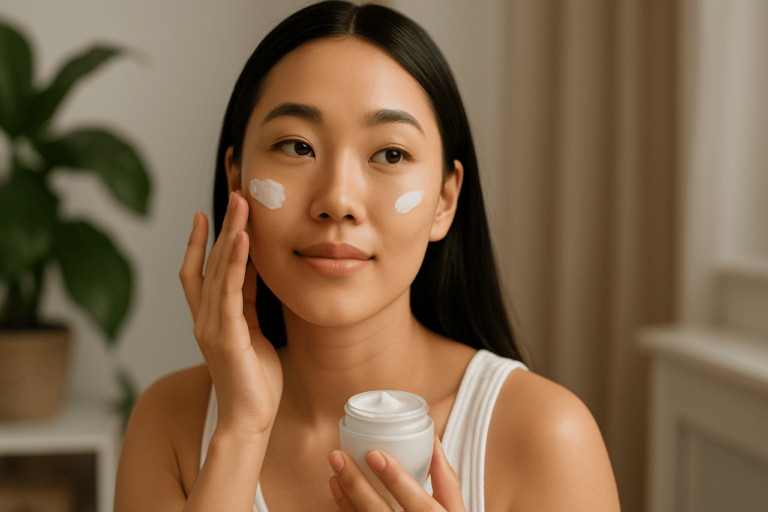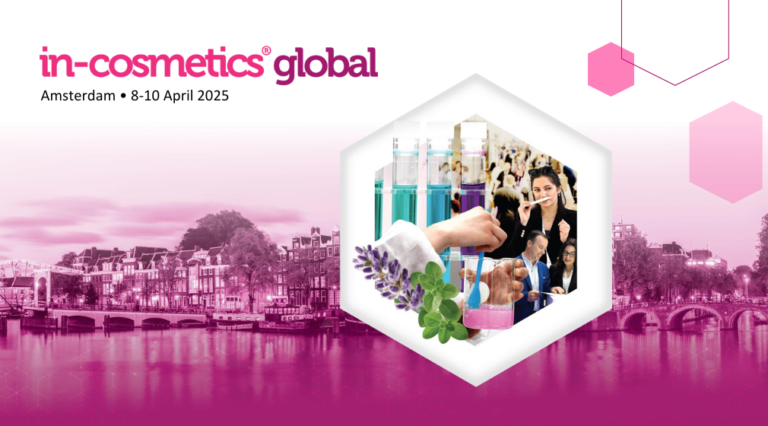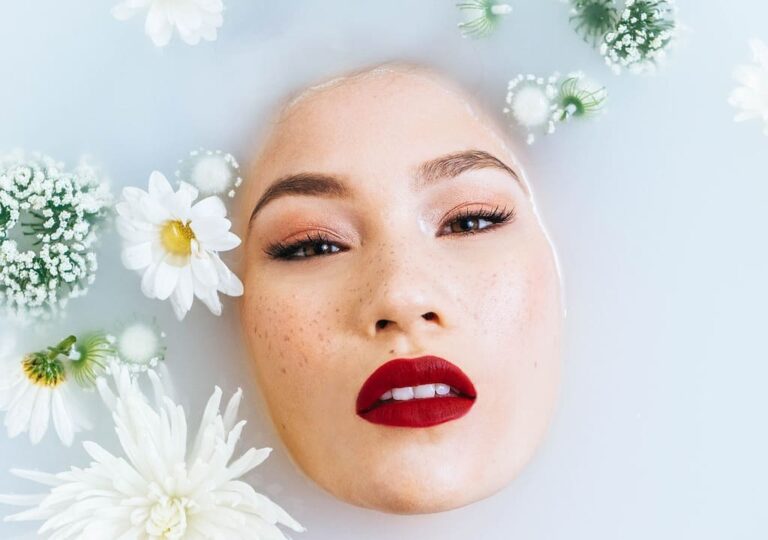In the highly competitive beauty industry, delivering products that not only captivate consumers but also meet their expectations is essential for success. One of the most effective strategies for achieving this is through efficacy testing—an approach that evaluates a product’s performance, effectiveness, and safety. Whether it’s a breakthrough anti-aging cream or an innovative sunscreen formula, efficacy testing can make the difference between a product that dazzles and one that disappoints. This article will delve into the importance of efficacy testing for cosmetic products, exploring how it helps brands fine-tune their formulations, ensures regulatory compliance, and enhances customer satisfaction. Additionally, we’ll examine different types of efficacy testing specific to the beauty industry and the role they play in guiding product development toward commercial success.
The Critical Role of Efficacy Testing in Cosmetics
Efficacy testing in cosmetics goes beyond merely ensuring a product meets basic functional requirements. In a market where consumers demand visible results, safety, and transparency, brands must rigorously evaluate their products to ensure they deliver on their promises. Testing is conducted to measure key aspects such as moisturization, skin texture improvement, wrinkle reduction, and overall skin health.
For beauty brands, this type of testing can reveal valuable insights about a product’s long-term benefits, safety for different skin types, and even how well it stands up to consumer expectations in real-world conditions.
Types of Efficacy Testing in Beauty Products
- Clinical and Dermatological Testing: Clinical trials and dermatological testing are essential for ensuring that skincare products are safe and effective. These tests often involve human volunteers who are monitored over time to observe the product’s effects on skin conditions, texture, and overall health. That’s where Cydolia comes in.
- Sensory Testing: For cosmetics, how a product feels and smells can be just as important as how it performs. Sensory testing involves gathering consumer feedback on the texture, fragrance, and ease of application, providing insights into user preferences.
- Consumer Testing: Real-world feedback is invaluable. Consumer panels are often assembled to try products over an extended period, providing insights into both the short-term and long-term benefits.
Several top brands have reaped the benefits of robust efficacy testing in their product development processes. For instance, Cydolia’s 3D acquisition, analysis, reconstruction, evaluation, and simulation technologies streamline the clinical trial process. It offers precision and repeatability in facial assessments, and effectively eliminates biases in morphology, poses, expressions, and lighting conditions. This allows for precise adjustments before a product ever reaches the hands of consumers. Similarly, brands like Coty and Shiseido use clinical efficacy data to support their luxury positioning while staying aligned with consumer expectations.
By incorporating advanced efficacy testing, these brands can ensure their products stand out in a crowded market, offering not only innovative formulations but also reliable, scientifically backed results.
The Future of Beauty
In a beauty industry increasingly driven by technology and consumer awareness, efficacy testing is more crucial than ever. It’s not just about product safety—it’s about proving that cosmetics deliver visible, lasting results. As brands look to leverage tools like 3D simulations and advanced ingredient technology, efficacy testing will remain a cornerstone of successful beauty product development, paving the way for more innovative, customer-centric solutions in the future.





